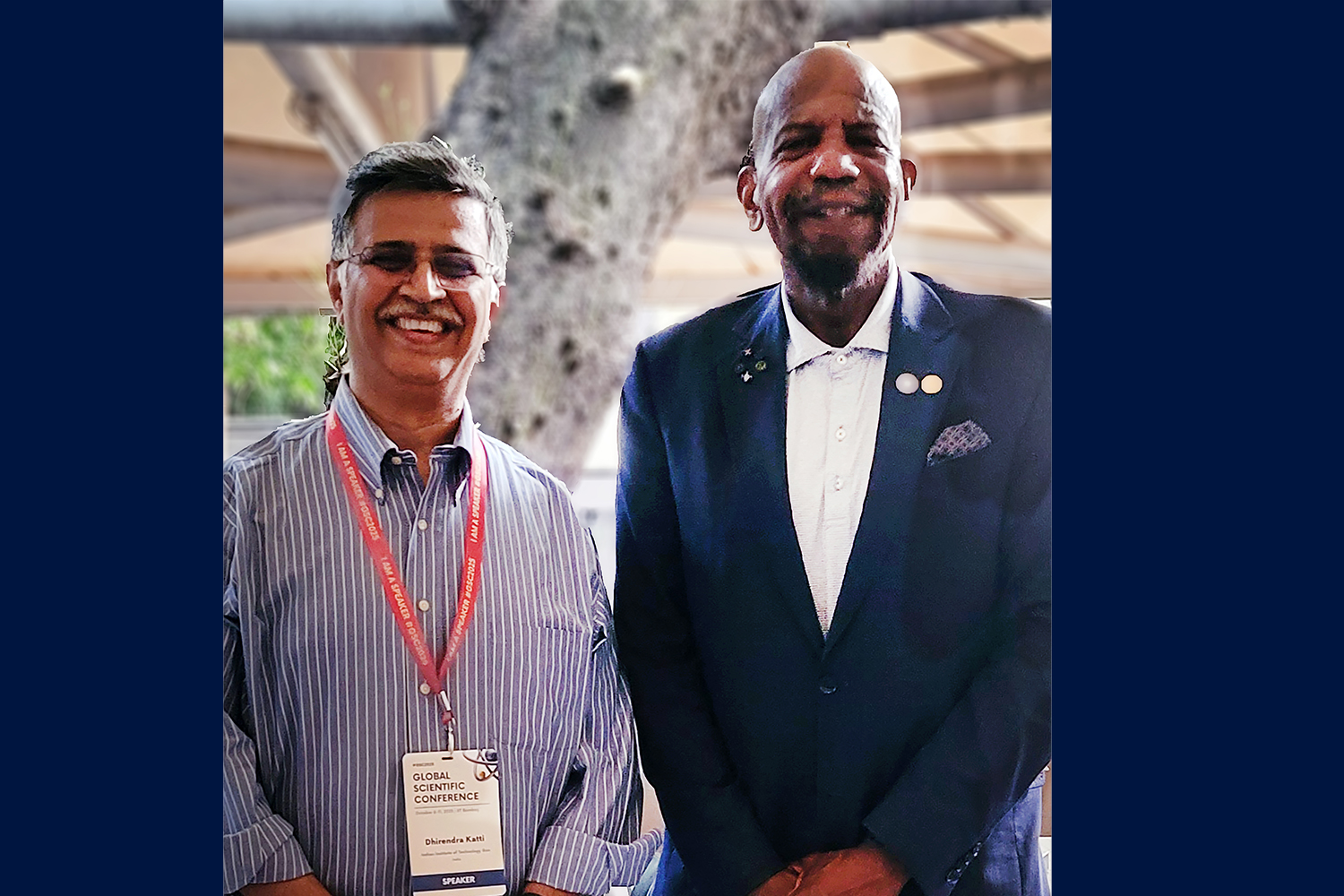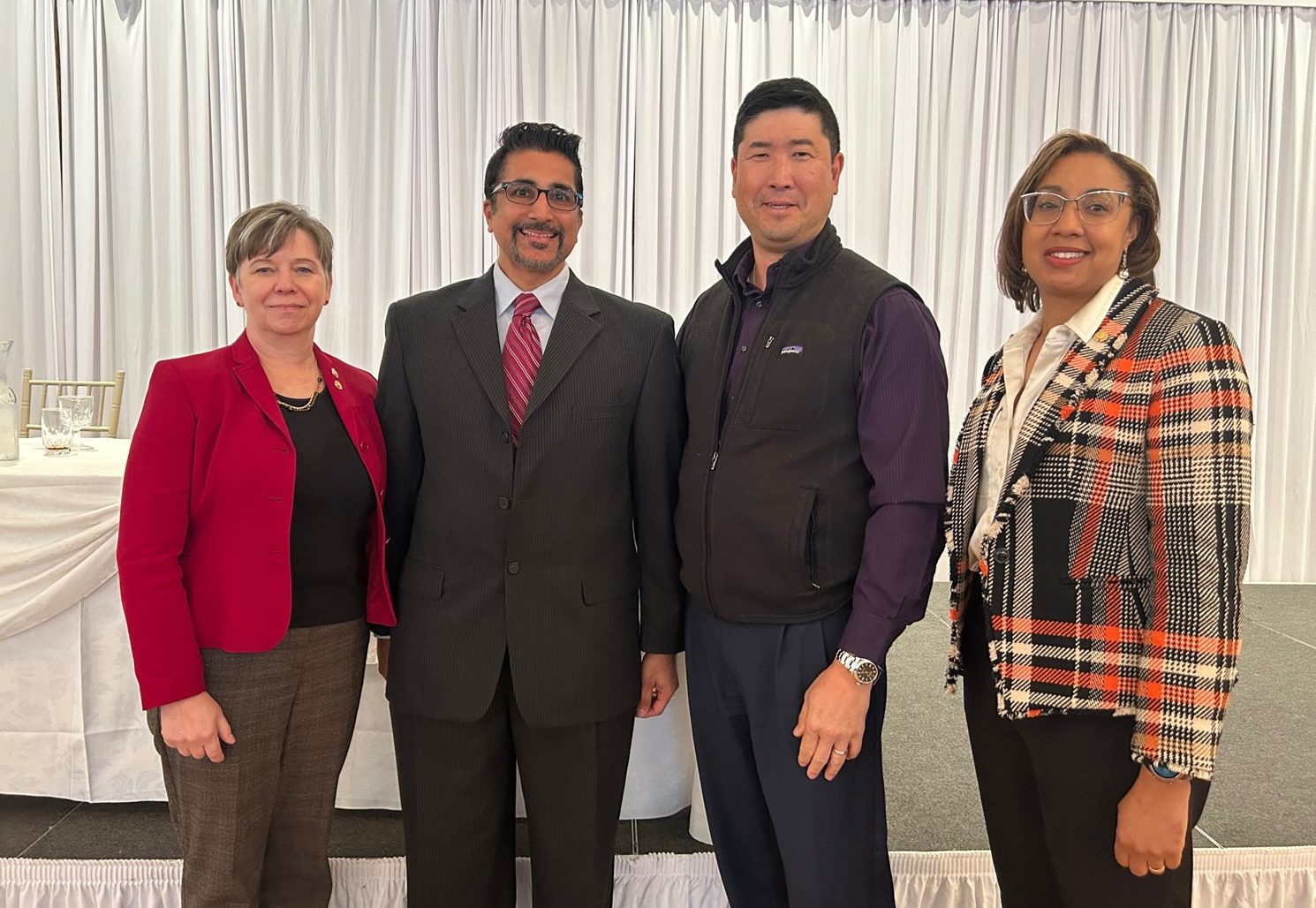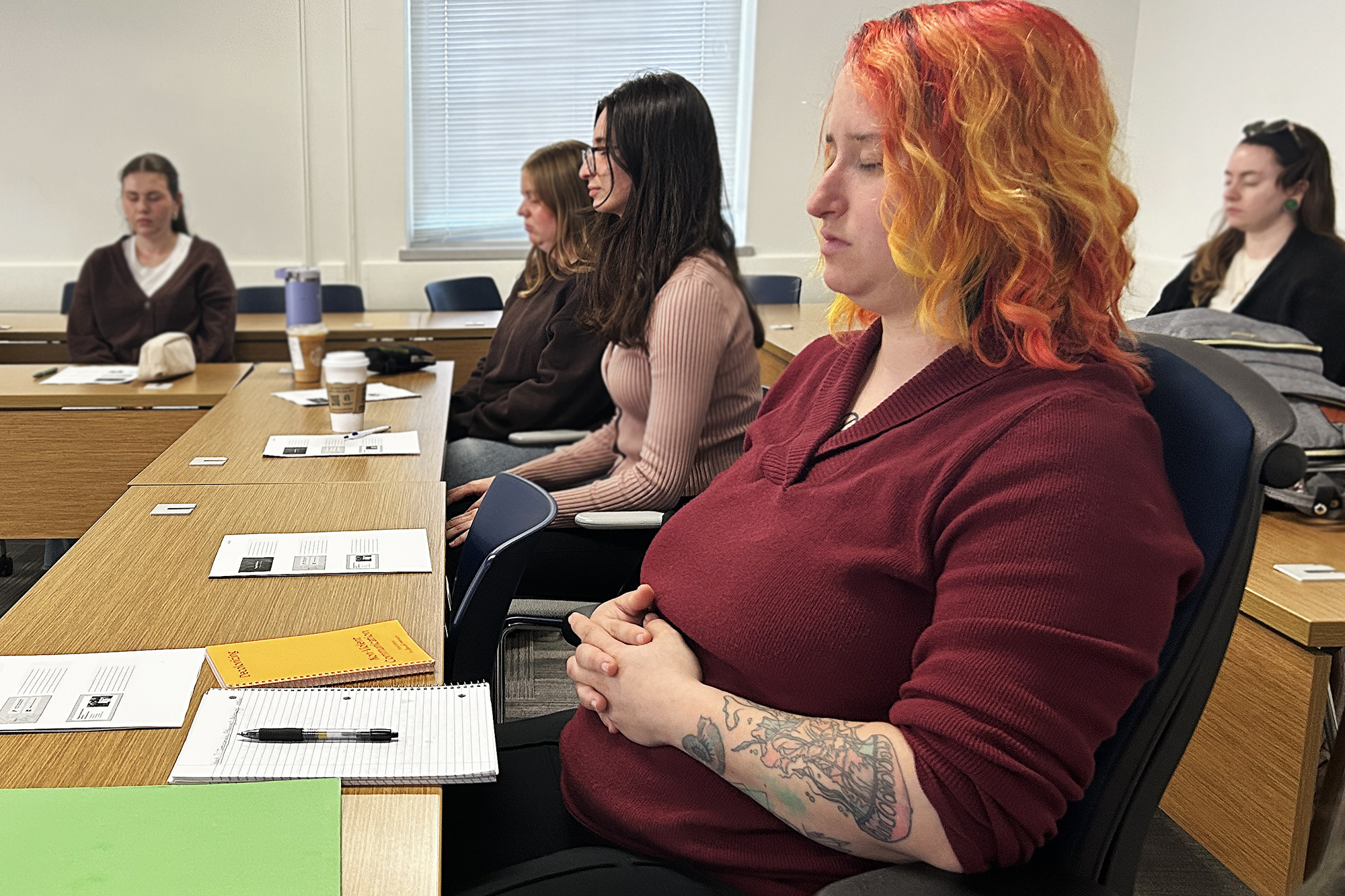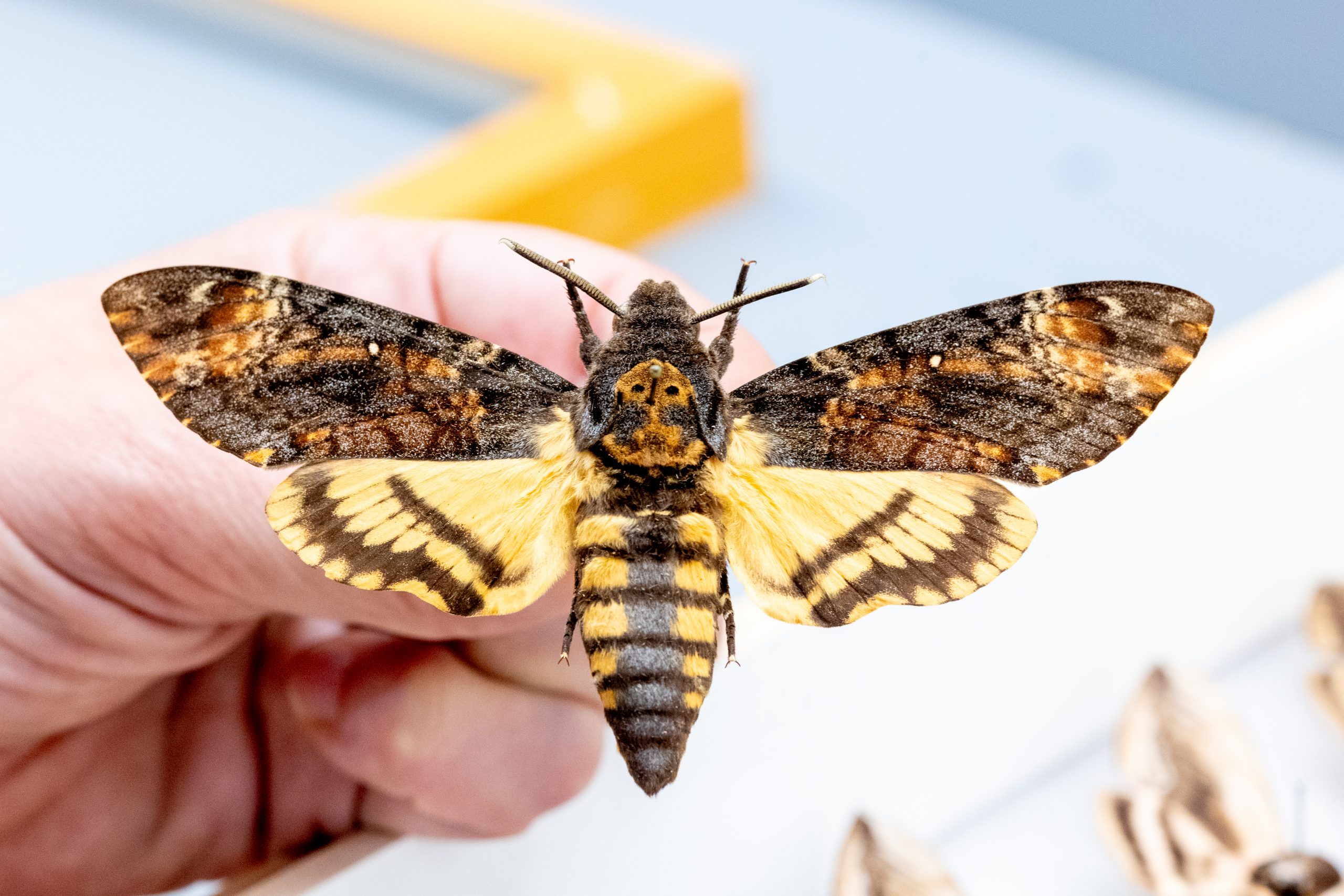Advancing Approaches to Physical Therapy
Daniele Piscitelli, assistant professor of kinesiology in the College of Agriculture, Health and Natural Resources, seeks to advance physical therapy practice through approaches like utilizing novel algorithms and incorporating the latest developments in neuroscience into rehabilitation.
Despite the development of effective vaccinations, nearly four years after the emergence of COVID-19 in the U.S., people are still contracting severe cases of COVID-19. Critical illness due to COVID-19 can include symptoms such as pneumonia and acute respiratory distress syndrome.
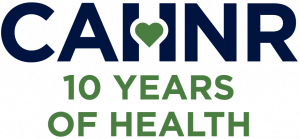 Piscitelli, a faculty member in the Doctor of Physical Therapy Program developed an algorithm to help clinicians determine if early mobilization is appropriate for patients with severe COVID-19 cases. This research was published in Disability and Rehabilitation.
Piscitelli, a faculty member in the Doctor of Physical Therapy Program developed an algorithm to help clinicians determine if early mobilization is appropriate for patients with severe COVID-19 cases. This research was published in Disability and Rehabilitation.
Early mobilization is a clinical approach in which a physical therapist helps a critically ill patient resume basic movement like sitting up, stretching, and even walking in some cases.
The paper combined a scientific review of existing research on this topic and clinicians’ experiences with early mobilization in these patients.
Current guidelines for early mobilization restrict the practice to patients within a certain threshold of oxygen support. However, recent evidence suggests there are benefits for getting patients outside of this threshold moving again. Further, no one had yet addressed what to do with patients who have multiple safety concerns, such as those with severe COVID-19.
The team developed an algorithm to help clinicians in the Intensive Care Unit (ICU) decide whether to implement early mobilization for individual COVID-19 patients. The algorithm uses information about the patient’s cardiovascular, pulmonary, skeletal, and neurological health. Then, using evidence-based criteria, if the patient meets certain standards, the clinician knows it is safe to engage the patient in early mobilization.
“The algorithm takes into account all the systems,” Piscitelli says. “For instance, by examining the cardiovascular, one can assess the status of blood pressure. Then, you look at the musculoskeletal system and you note, for example, that there are no unstable fractures.”
Critically, the patient and their family must consent to this treatment. Prior research has shown patients have better outcomes when they are part of the decision-making process in a patient-centered model of care.
“This cannot be applied without the patient, family members, and all other members of the team,” Piscitelli says.
The algorithm has not been fully evaluated, but it is an important first step. It also has potential applications beyond COVID-19.
“We think this kind of algorithm that we implemented can also be applied to other populations with respiratory distress,” Piscitelli says.
The next step will be to test this algorithm in ICUs throughout the country to determine if it produces better patient outcomes.
Piscitelli also recently co-authored a book on translating neuroscience into physical rehabilitation practices, addressing a lack of such connections.
Three of the authors of “Progress in Motor Control: From Neuroscience to Patient Outcomes” are licensed physical therapists (Piscitelli, Mindy F. Levin, and Maurizio Petrarca) and the fourth (Susanna Summa) is a bioengineer.
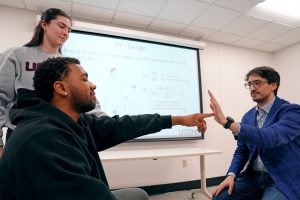
The book seeks to reach clinicians and scientists studying motor control, neurorehabilitation, and musculoskeletal rehabilitation.
“When we treat our patients, we are still striving to translate what we study in our research settings,” Piscitelli says. “We wanted to create a book that can help clinicians to apply the latest neurophysiological discoveries into neurorehabilitation.”
For example, Piscitelli says, translating studies from animal models on spinal reflexes to human incomplete spinal cord injury patients can help improve their locomotion.
Piscitelli, whose research focuses on how the brain controls movement and how we can use this knowledge to enhance recovery following a stroke, is working on implementing this kind of intervention in the patients with whom he works.
“So that’s the translation: from basic neuroscience towards a patient population,” says Piscitelli.
This work relates to CAHNR’s Strategic Vision area focused on Enhancing Health and Well-Being Locally, Nationally, and Globally.
Follow UConn CAHNR on social media
Latest UConn Today
- UConn Professor Sir Cato T. Laurencin Delivers Plenary Lecture at the ACS Global Scientific ConferenceLaurencin traveled to Mumbai, India to serve as the Plenary Speaker at the American Chemical Society (ACS) Global Scientific Conference.
- UConn Creates Family Medicine LeadersThree graduates of UConn School of Medicine elected leaders of the American Academy of Family Physicians and its Connecticut Chapter.
- Meet the Undergraduate: Iris Yu ‘26 (CLAS, SFA)Yu demonstrates her creativity through diverse artwork depicting the visual culture of the Asian body
- UConn Magazine: Inventor of your Next Favorite AppleAll hail Snap Dragons and Autumn Crisps: What it means to be queen of the fruit breeding universe
- Finding Presence: Using Mindfulness to Transform Social Work Education at UConn"Social workers carry the world’s challenges on their shoulders," says Associate Professor and course instructor Caitlin Elsaesser. "By practicing mindfulness—an energy of awareness—we nurture the presence and compassion that make transformative healing and advocacy possible."
- Tales From the CollectionsCollecting, skinning, and skeletonizing – for science!







